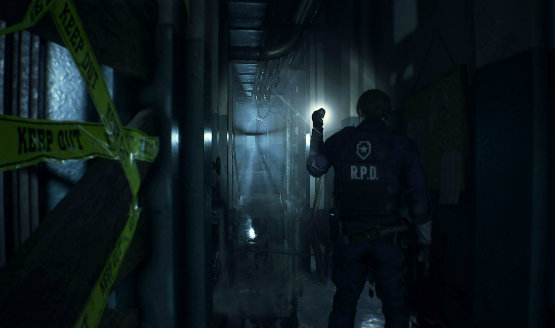This is only slightly a joke; hear me out. “Metroidvania” as a genre or game-defining terms is in contention to this day, but there’s no denying the specificity of what that word describes. And you can bet your collective asses I’m about to attempt applying that specificity to Resident Evil 2. A lot of it boils down to not only the game’s impressively thoughtful level design, but also the variety of helpful tolls contained within its map.
What is a Metroidvania?
Metroidvanias are everywhere these days. Just in the past year or so, we’ve seen several new takes on the concept from the indie gaming scene, many of them so good they’ve breached the mainstream consciousness. I’m talking games like Dead Cells, Timespinner, Hollow Knight, and Iconoclasts. But it isn’t just high profile indie games using this bucket of arcane gaming concepts. You can look in the AAA space for Metroidvania DNA as well. God of War, for example, uses a massive hub world and staggered access to it as a way to move the player around a single space over the course of the game. Of course, the O.G. showed up with Castlevania Requiem, and with all the other Castlevania madness happening, it’s no wonder I have this stuff swimming to the top of my brainspace.
So what makes a Metroidvania anyway? It isn’t really a scholarly thing. Part of the reason you have folks arguing for and against it as a label is how nebulous it can be. “Exploring a big map” doesn’t exactly do an argument any favors in 2019, after all. For me it’s sort of a case of verbs, and how those verbs physically manifest within a game. It’s how that combination forms a set of rules informing the way a game plays, and all that “gamefeel” stuff you hear about sometimes. If we use Castlevania: Symphony of the Night as an example, we can break it down into a few pieces.
A Miserable Pile of Secrets (and Map Icons)
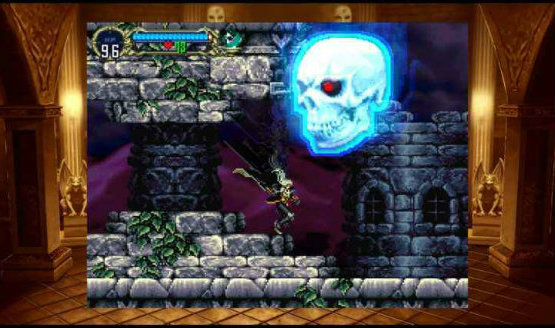
First, yes, half of the game is filling out the map. There’s a visceral sense of reward to that, as helping your map take form is your greatest barometer of progress. Then there’s the barriers you inevitably run into, which are tied to your discoveries as you fill in that map. Perhaps it’s tied to your character, such as when you run into a ledge too high for a single jump to reach. Or maybe the barrier needs a specific item to get through, such as the typical “Igavania” item that lets you breathe in water. Finally, from those first two points, a trickery on the part of the developers that let the player believe the world is more open than it actually is. If the devs pull this off, you end up naturally making your way through what is in reality a linear path, but one that feels like organic discovery in a wide open space.
All of these describe my experience with Resident Evil 2 perfectly. Much more so than the original PlayStation classic, the famous Raccoon City Police Station feels like a Place with a capital P. While it retains that lovably goofy premise of a building converted from an art museum to a cop shop (giving a diegetic excuse for all the wacky puzzles), it feels so much more designed in that video game sense.
It feels like a building one can actually come to know and inhabit, with a sense of flow to it that makes that main lobby a true hub, one that leads to various loops and paths which facilitate not only clever ways to outsmart Mr. X, but also that hidden linearity I mentioned earlier. While it’s a large space full of mystery, hidden secrets, and flash grenades you’ll never use, it’s also built so that your instincts and the breadcrumbs of collectibles guide you through the story. At the same time, you feel like you’re figuring it out all on your own. A huge part of that is the map.
This is the most detailed and helpful map in Resident Evil history, one that does take bits and pieces from previous games, adds its own stuff, and of course liberally borrows from the past (as all video games should). One of the biggest pieces of it, is that Resident Evil 2‘s map tells you when you’ve “completed” a room, meaning not only found all the items inside it, but also cleared any puzzles, unlocked doors, so on and so forth. If you can’t clear that room, chances are it’s because of a puzzle you haven’t solved yet, or an item that you missed, or even an item you don’t want. To that end, the map also updates itself with details that are invaluable if you have to leave before you can clear it.
Sword, Whip, or Samurai Edge

Coming close to an item puts that item on the map, and if you interact with a door, it will shift to not only that door’s lock/unlock status, but it will also tell you what kind of lock it is. That way, when you find a key sometime later, you can actually scan your map for the proper door instead of needing to commit details to memory. A nice cherry on top of this sundae is that key items will tell you when they are no longer useful, allowing you to safely discard them on the spot.
Frankly, it’s possible to make the argument that these are all common sense quality of life updates, and since Leon isn’t jumping on platforms and cracking a whip at skeletons, there’s no “vania” to be found here. But when I played through Resident Evil 2, when I was able to glide through the police station (and later areas) with that natural, instinct-driven ease I usually only feel when I’m playing more literal Metroidvanias, that’s directly where my mind went. It wasn’t just, “oh hey, this map is dope,” it was,” wow, I feel like I’m playing Capcom’s take on Harmony of Dissonance here.”
There’s so much DNA here you can trace back to those classic games. It isn’t just that same monolithic quality to them that Resident Evil 4 had, where the inspiration leaks down to every other game by osmosis. It feels deliberate here, like the people on the development team took the original Resident Evil 2, noticed how sprawling and clumsy the map could be, and also had a Castlevania Netflix party fresh on their minds. Or maybe I’m just describing myself at the end of that sentence, and am looking for Belmonts subconsciously everywhere I am. But hey, Albert Wesker is basically Dracula, am I right?
Essential Reading:
- Every Resident Evil Game Ranked
- Resident Evil 2 – Everything You Need to Know
- Resident Evil 2 Review – They’re Coming to Get You, Leon! (PS4)
Resident Evil 2 January 2019
-
Resident Evil 2 January 2019 #1

-
Resident Evil 2 January 2019 #2
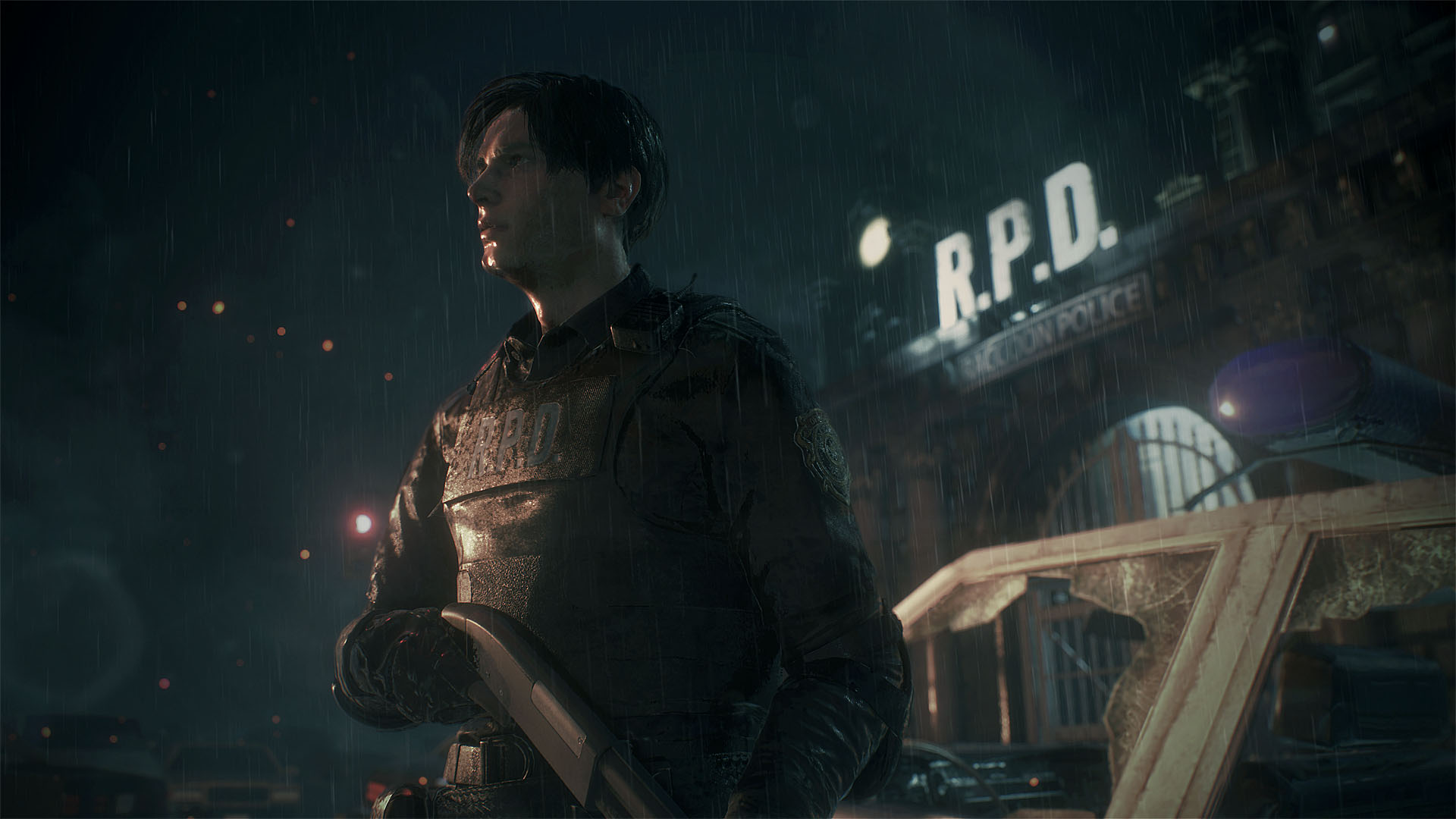
-
Resident Evil 2 January 2019 #3
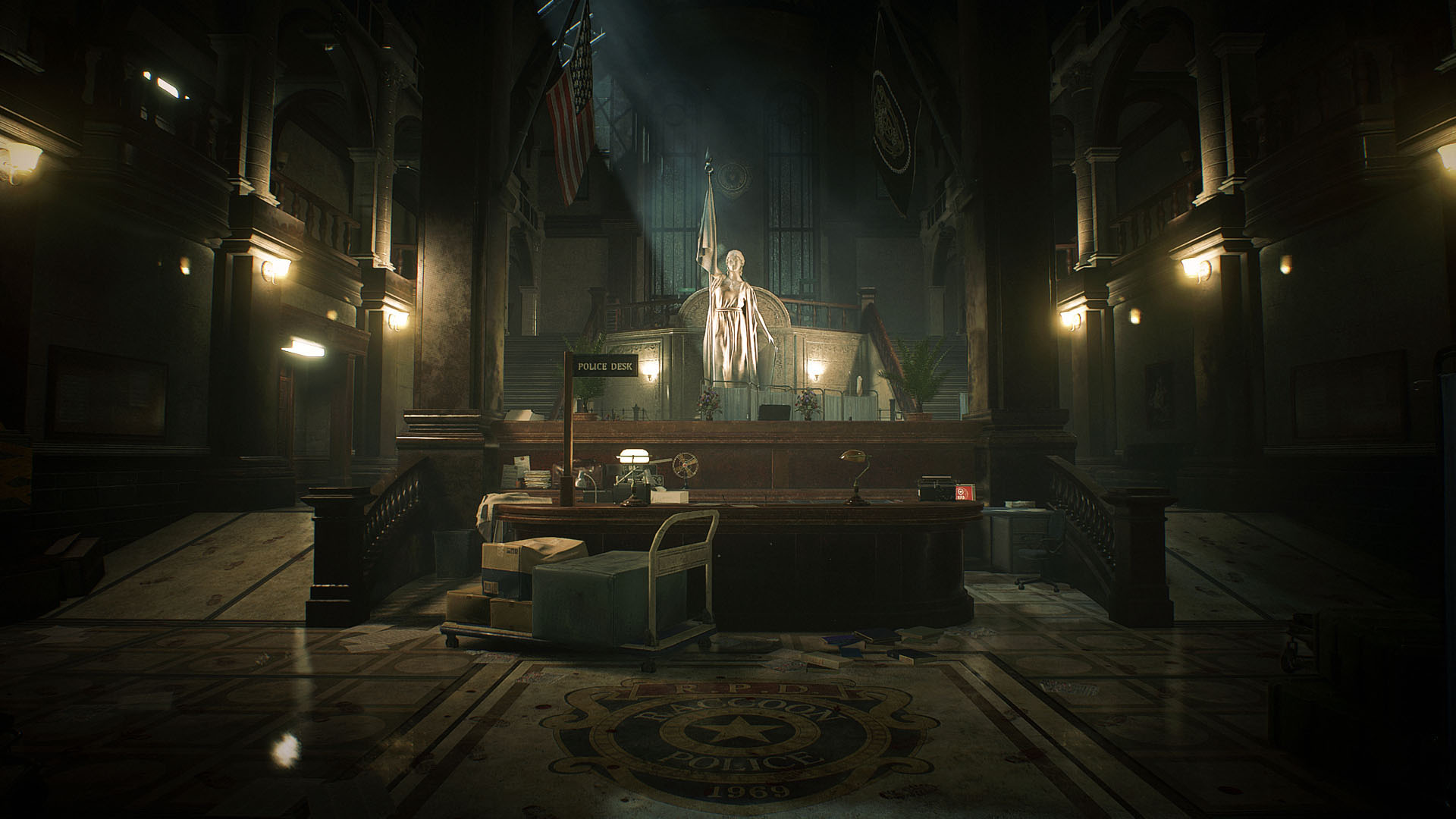
-
Resident Evil 2 January 2019 #4

-
Resident Evil 2 January 2019 #5

-
Resident Evil 2 January 2019 #6
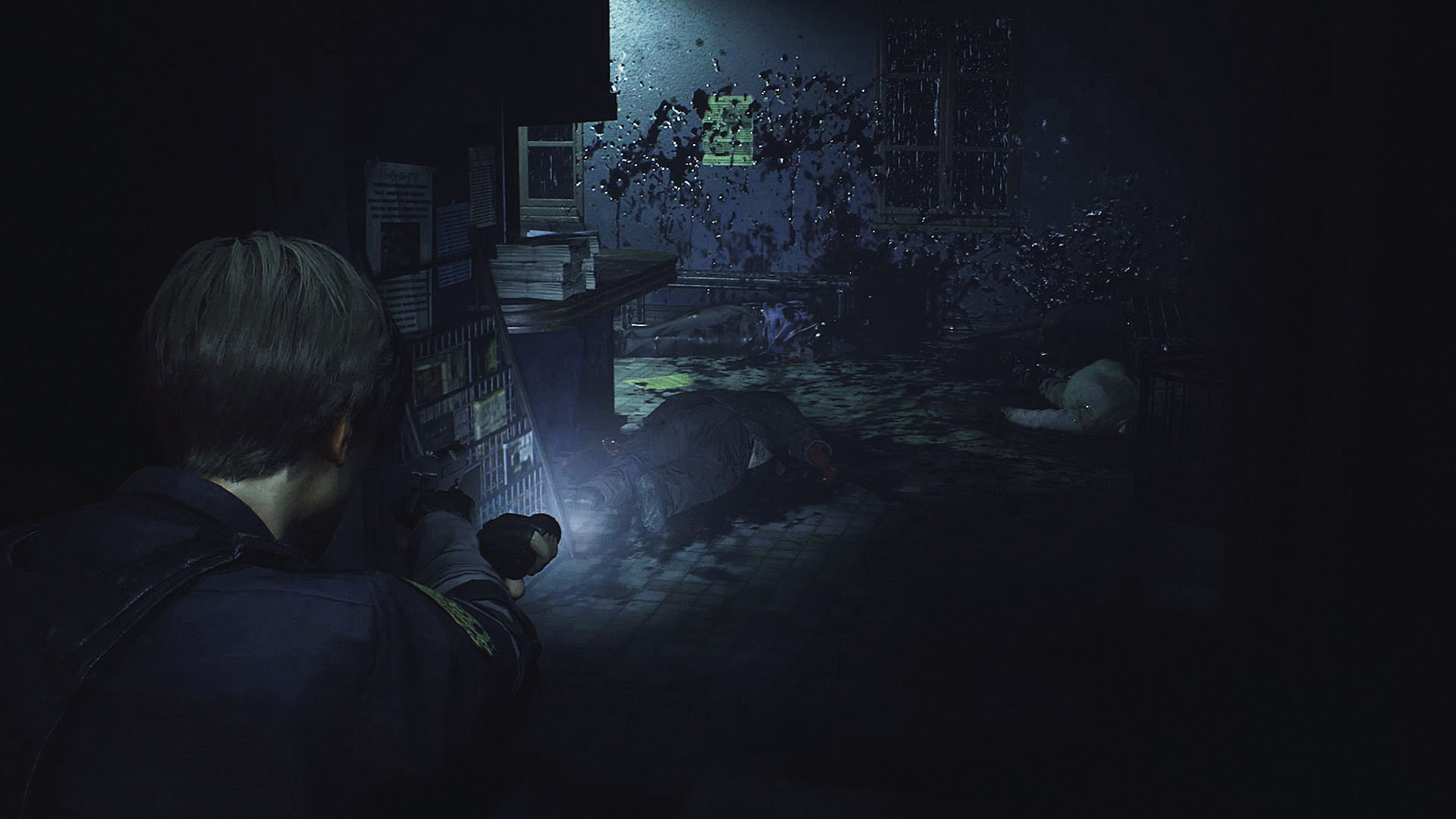
-
Resident Evil 2 January 2019 #7
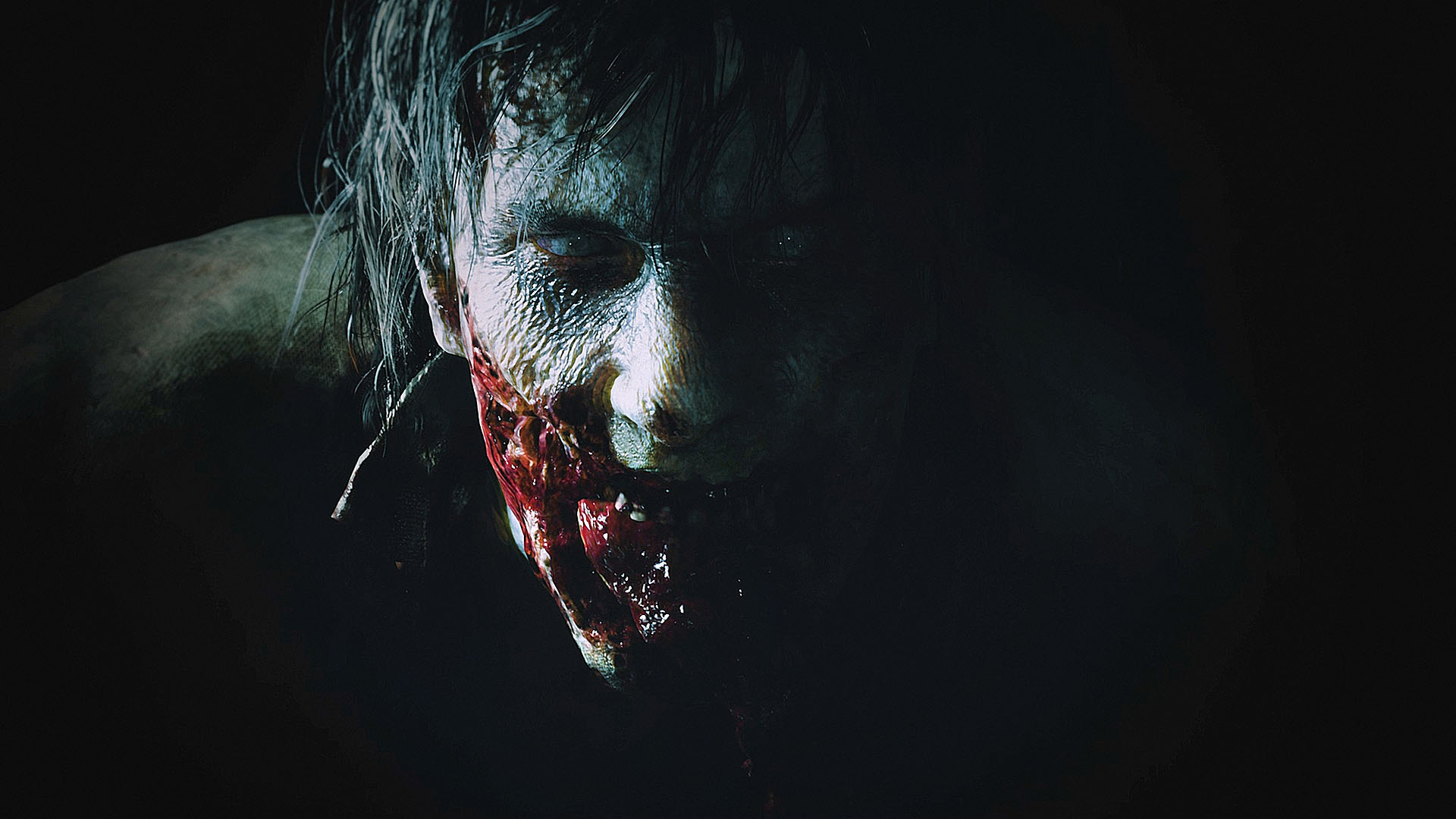
-
Resident Evil 2 January 2019 #8

-
Resident Evil 2 January 2019 #9
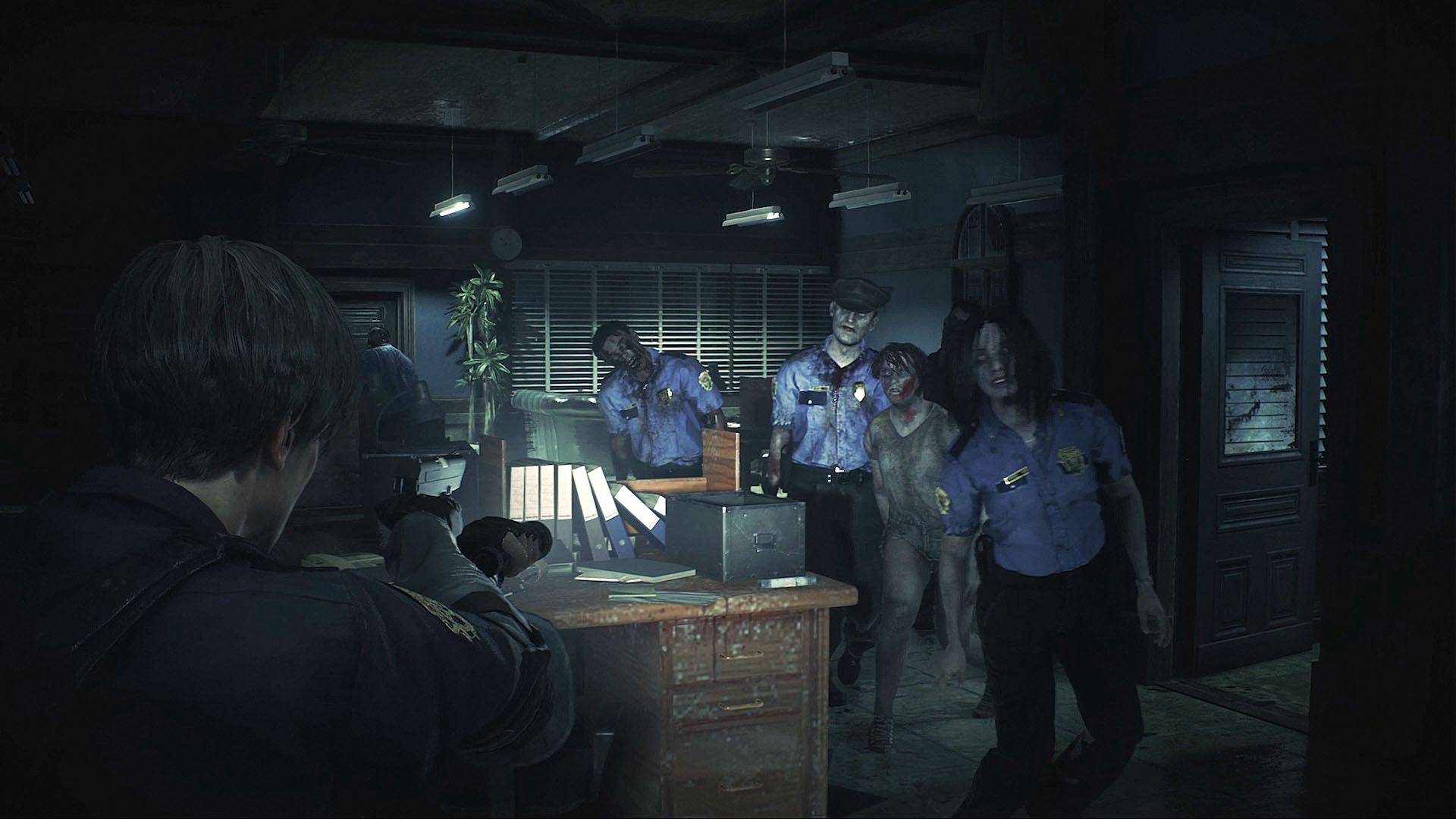
-
Resident Evil 2 January 2019 #10

